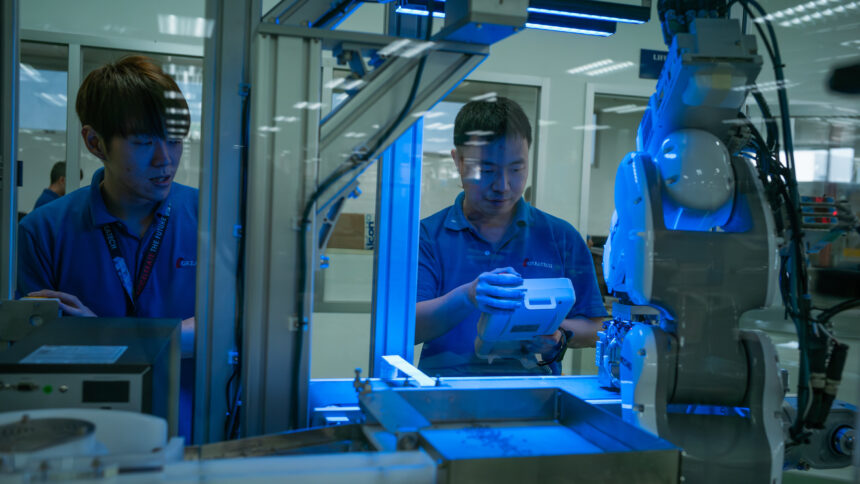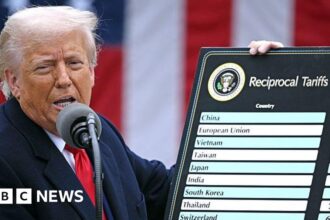In a stunning reversal of global trade dynamics, Malaysia’s burgeoning AI chip manufacturing sector faces unprecedented challenges as former President Trump’s administration announces sweeping new semiconductor tariffs set to take effect in early 2025. The unexpected policy shift has sent shockwaves through Southeast Asia’s technology corridor, where Malaysian factories have rapidly expanded capacity over the past three years.
“We’ve invested billions in creating a manufacturing ecosystem that serves global markets,” says Tan Sri Ahmad Zulkifli, CEO of MalayTech Semiconductors. “These tariffs threaten to undermine years of careful economic planning and could cost thousands of high-skilled jobs across our production centers.”
The proposed tariffs, ranging from 25-35% on specialized AI processing units and related components, represent what analysts call a “dramatic recalibration” of America’s technology trade stance. The policy specifically targets Malaysia’s growing position as a key supplier of advanced chips used in generative AI systems and machine learning applications—sectors that have seen explosive growth since 2023.
Economic data reveals why Malaysia has become a focal point in this trade dispute. The country’s semiconductor exports jumped 47% last year alone, reaching $43.2 billion, with approximately 28% destined for North American markets. Malaysian facilities now produce nearly 18% of the world’s specialized AI accelerator chips, leveraging sophisticated fabrication techniques developed through partnerships with American and Taiwanese technology firms.
Minister of International Trade and Industry Datuk Wong Li Wei expressed serious concerns about the potential impact: “This represents a fundamental misunderstanding of global supply chains. Malaysia doesn’t compete with American chip designers—we complement them. Our factories produce components designed in Silicon Valley and support thousands of high-paying American engineering jobs.”
The economic stakes extend beyond Malaysia’s borders. The CO24 Business intelligence unit estimates that disruptions to Malaysian chip supply could drive consumer electronics prices up by 7-12% globally while delaying AI deployment in critical sectors like healthcare and transportation by 8-14 months.
Industry experts note that Malaysia’s rise in semiconductor manufacturing reflects years of careful investment in technical education and infrastructure. The country has developed specialized engineering programs at universities like Universiti Malaya and established technology corridors with tax incentives designed to attract international investment.
“Malaysia represents the successful integration of a developing economy into high-value global supply chains,” explains Dr. Sarah Chen, technology policy analyst at the Toronto Institute for Global Affairs. “Disrupting these established relationships doesn’t automatically translate to reshoring of production—more likely it simply relocates to other countries or creates persistent shortages.”
The Malaysian government has already indicated plans to file formal complaints with the World Trade Organization and seek coalition partners among other affected nations in the World News community. Singapore, Thailand, and Vietnam have expressed solidarity, recognizing the potential for expanded tariffs to affect their own technology sectors.
Financial markets have responded negatively to the announcement, with Malaysian technology stocks dropping an average of 8.3% on major exchanges. The KL Composite Technology Index recorded its sharpest single-day decline since the pandemic crash of 2020.
What remains uncertain is whether these proposed tariffs represent genuine economic policy or simply opening positions in what could become protracted trade negotiations. Analysis from CO24 Politics suggests the timing—just seven months before the 2025 implementation date—provides room for diplomatic solutions that could preserve critical supply relationships while addressing American concerns about technology security.
As global markets adjust to this potential disruption, the fundamental question emerges: can established global technology supply chains be reconfigured through tariff policies without creating unintended consequences for innovation and consumer access to transformative AI technologies?

























